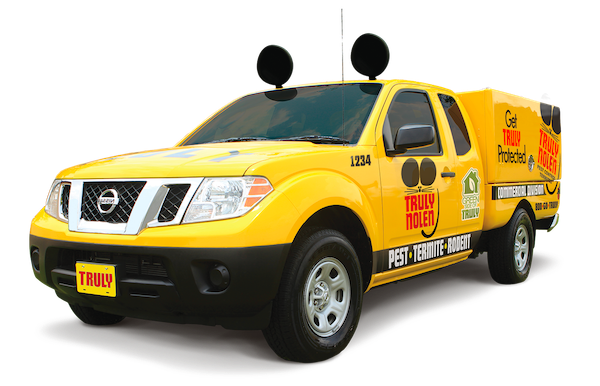Rodents
Interesting facts about rodents
Rodents play an ecologically important role in degrading organic matter, but they are also responsible for the contamination and destruction of food and fabrics, damaging structures, causing fires by gnawing wires, carrying and spreading pathogens via their bodies, parasites (fleas), and excrements.
They can be vectors of lung diseases that come from airborne particles, like histoplasmosis and hantavirus. Other important diseases related to rodents are the plague, which can be transmitted through the bite of fleas that infest rodents, rat bite fever, which can be transmitted through rodent bites, and leptospirosis, which can be transmitted through rodent urine. They are also responsible for spreading food-borne diseases, like Campylobacteriosis and Salmonellosis.
According to the World Health Organization (WHO), foodborne diseases, including Campylobacteriosi and Salmonellosis, are responsible for 33 million deaths a year worldwide.
Types of rodents
There are a large variety of rodents. In fact, about 40% of all mammal species are rodents. Some of the ones Truly Nolen International is in regular contact with are:
The house mouse:
- Length: 6-11cm (2-4 inches approximately).
- Color: Dusty gray.
- Breeding: They can have approximately 60 babies in one year.
- Life Cycle: Approximately 2 to 3 years, though this depends on their environment. In environments with many predators, it tends to be approximately 1 year.
- Further Information: They are one of the most common rodents to infest buildings.
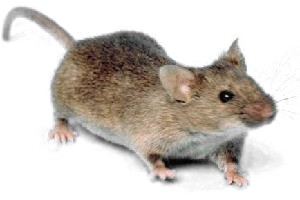
The roof rat:
- Length: 13 inches from head to tip of its tail.
- Color: Black-gray or brown, with a white-gray or black underside.
- Life Cycle: Typically about one year
- Further Information: These rats are excellent climbers. They eat just about anything and will often come back to the place where they last ate.
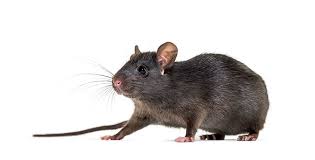
The Norway rat:
- Length: These rodents can reach lengths of up to 40cm.
- Color: Brown or gray.
- Breeding: They give birth to about 3 to 6 litters each year. A litter has an average of six pups.
- Life Cycle: An average of about 2 years.
- Further Information: They are carriers of up to 45 different diseases including salmonela and dysentery.
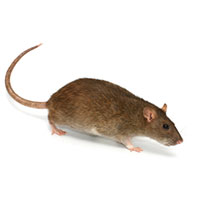
How can we help?
Get in touch with a T.N.I agent in your country and let us know what issue you have with this pest. We’ll get back to you as soon as possible.
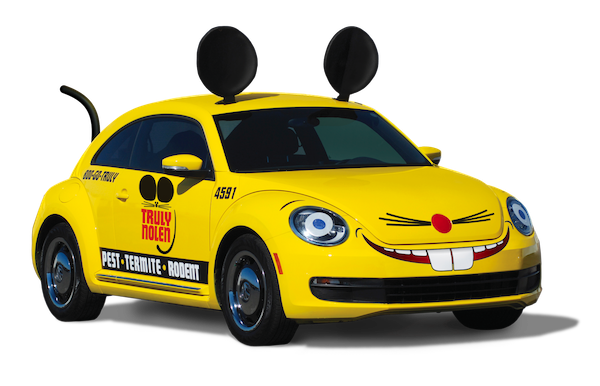
global
force in pest control
238
offices worldwide
worldwide
BRAND RECOGNITION
80+ years
experience
